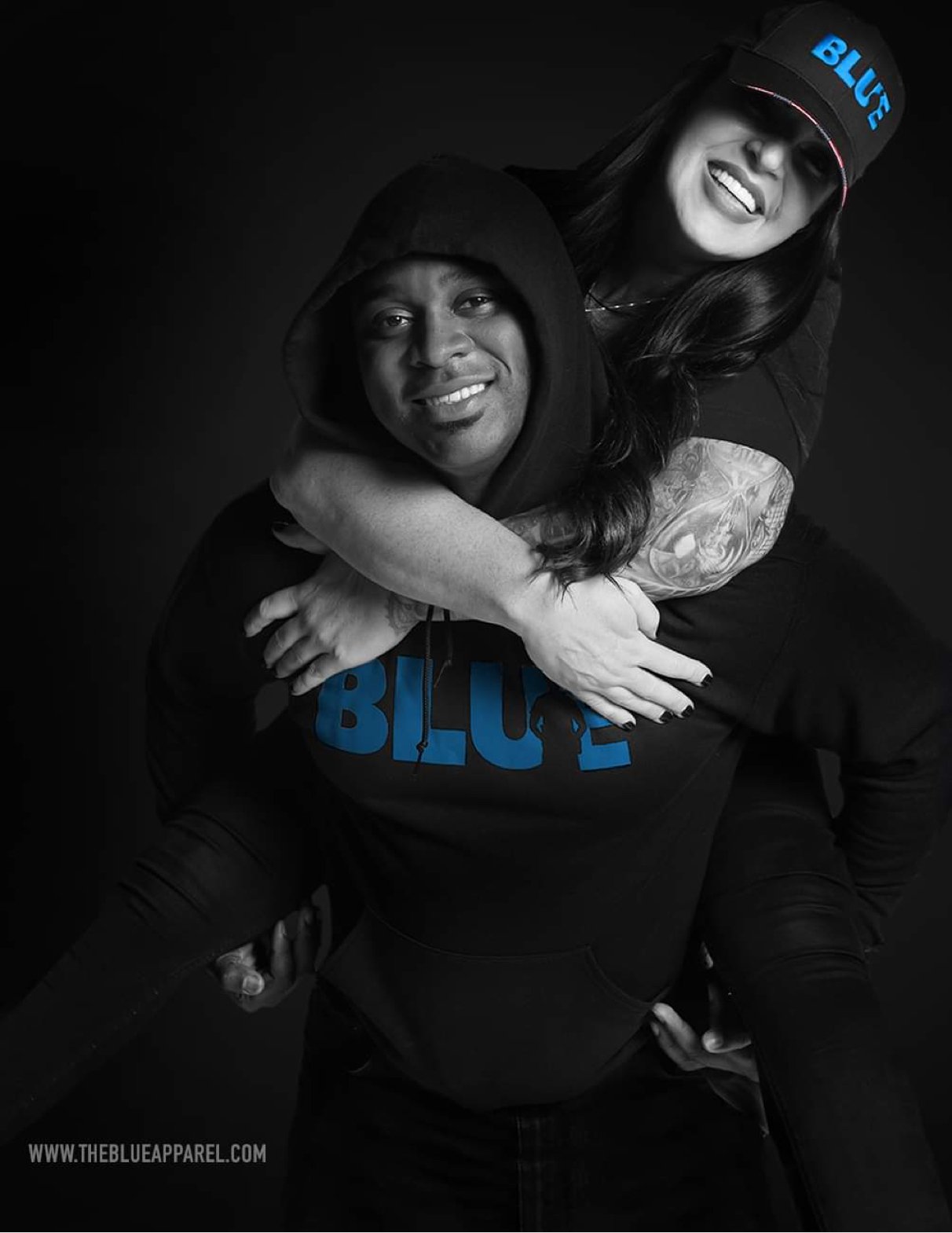FIGHTING MOB MENTALITY: Stopping the Tide of Ugliness
/FIGHTING MOB MENTALITY: Stopping the Tide of Ugliness
By Joseph Pangaro BA, CPM, CSO
From the time many of us are able to walk, we engage in competitive activities; it’s part of our human nature. We all compete in one way or another, starting with seeking the attention of our parents. If you have siblings, you know the feeling of trying to edge out a brother or sister in an argument or getting your mom or dad to pay attention to you above all else.
As we progress in life, so does our competitive urge. We vie for friends on the playground or push to be the first on the slide. We race bikes and get into name-calling contests.
As our growth hormones and puberty hit, we fight for the attention of other people; often foregoing friendship to win the affection of a girlfriend or boyfriend. We compete to get into the band, we struggle to get the best grades, jobs, positions and establish ourselves and our place as important.
This pattern of human behavior never ends. It lasts throughout our life. When my stepfather was living in a nursing home, he was telling me that if he wanted the best desserts he had to get to the cafeteria before the other residents. It was then that I saw this pattern for what it is- a driving force that stays with us forever.
What we know about driving forces is that they take on a life of their own; possessed of an energy and rhythm that is hard, if not impossible, to control. In previous columns, I have discussed “Signature Crimes” and identifying “Patterns of Criminal Behavior” as well as understanding the potential danger of the sex drive as a force that cannot be removed from the behavior of some people, making them an ever-present danger to society. All of these things are part of the hard wiring of our brains and offer insight into to how people think and behave. This is especially helpful to the police investigator.
We have seen the destructive side of this competitive behavior as it evidenced itself in a football locker room of a NJ high school team. This is not the first time such an incident has taken place. Over the years, there have been many other eerily similar patterns of behavior in locker rooms across the country. In fact, once the story broke this time, how many private conversations were held where people recounted their own experiences with locker room hazings and initiations into other groups such as college fraternities? And while most of them do not involve sexual assaults, many come close.
So how then does a group of high school-age young people go from a healthy competitive sports team to a raging mob of attackers committing horrific acts against other members of their own team? This is the question that many professionals in many different fields of endeavor are trying to come to grips with, myself included.
The reasons we need to find an answer is multi-pronged. First, we have to protect the innocent from future victimization; this is always the immediate need. No one should ever have to endure this type of assault ever again. Next, we have to identify and isolate the thinking, culture, impulses and behaviors that allow such deviant behavior to take place and metastasize. And finally, we have to help those people, many of them young kids, to control themselves and understand the consequences of allowing these activities to run so wildly out of control as to be criminal and evil.
In the cold light of day, these incidents are life-destroying events; both for the perpetrators and the victims and their families as well as the entire community. I would also take a guess that the large majority of the people who commit such outrageous acts would not do so if removed from the specific environment from which they spring.
If you took any one of those kids who reportedly inflicted the pain and humiliation on their team mates and asked them while they were sitting in the library if they wanted to run up on some other kids and humiliate and assault them, sexually or otherwise, I would bet none of them would do it. The environment would not be conducive to the activity. And here is one of the lessons we must identify and teach to our student athletes, school boards and coaches.
These types of incidents scream out possibilities for preventing a repeat of the destructiveness. We have to understand the drive that fuels and creates the emotional and hormonal surge to engage in this behavior. In this instance, I am going to speculate it is a combination of competitiveness and independent social interaction, which includes an element of dominance assertion within the group, the push of a MOB mentality as the event begins to shape up and the very real exhilaration of those involved as they incite ever greater and more outlandish acts among themselves.
Basically, what you have is a riot with different motivations and venue. All of the factors I describe are exactly what contribute to a peaceful well-meaning group of people marching for their belief and the potential for that well-meaning activity to devolve into chaos. We have seen this pattern many times as well in the riots after a championship game, win or lose. The raucous behavior at convention-type events and other similar circumstance when individual people are removed from the norms of accepted behavior by the environment and the stimulus present, be it a championship game, a perceived injustice or a locker room full of young men charged up and empowered by what they believe are ”traditional” rites of passage. This is what lies just beneath the surface of rational control and why we must identify that which leads us to be out of control and act out in such horrific ways.
A day after the event, we realize these incidents are not rational and for those who engage in the terrible acts of assault they realize it, too. Unfortunately for them and their victims, at that point it is often too late; the pattern is clear and if we do nothing, we will see it again. The time for hand-wringing is past; it is time to take an affirmative action to stop the thinking and culture that leads to these situations.
Here’s what I suggest as it relates to student athletes, school boards and coaches:
There must always be a monitor in the locker room at all times when the students are present. The monitor can observe when fooling around begins to turn into something more and can stop it.
The coaches must receive specialized training on how hazing and ritualistic behaviors begin and how they can be identified and stopped before they become part of the culture of the team, school or organization.
The student athletes must be specifically trained on exactly the same things so they are aware of the potential damage they can do to others and themselves by engaging in these activities.
Parents and guardians must also understand that there are more important things than having our child be the starting linebacker on a championship team.
And all of us need to redirect the trajectory of our present societal course. There is decency, kindness, service to others, respect and personal responsibility that should be the cornerstone of our communities.
It is through these simple steps that I humbly present, that will help stop the tide of ugliness we see so prevalent in our world as a whole and in our kid’s lives and locker rooms.
Joseph Pangaro is a 27-year veteran of law enforcement. He retired in 2013 at the rank of Lieutenant and currently serves as the Director of School Safety and Security for a large school district in NJ. He is also the owner of Pangaro Training and Management, a company that provides training to the public and private sector on a host of topics. Email: JPangaro@Yahoo.com









